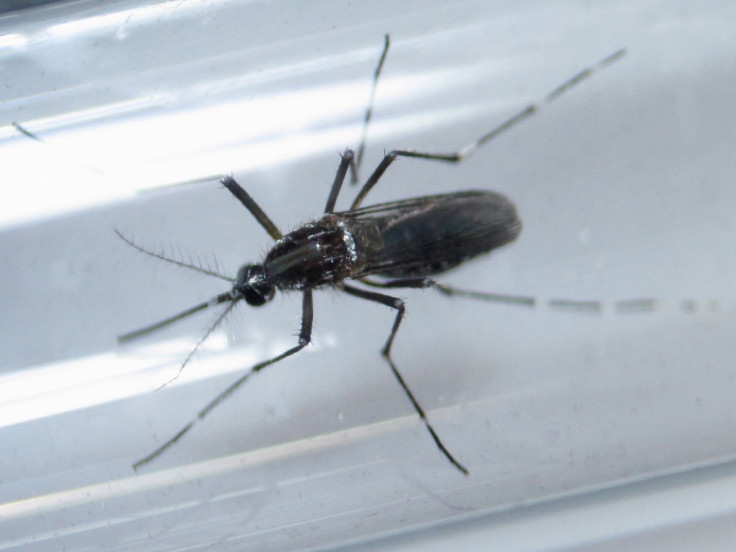Brazilian Scientists Find New Zika-Linked Brain Disorder In Adults

CHICAGO (Reuters) - Scientists in Brazil have uncovered a new brain disorder associated with Zika infections in adults: an autoimmune syndrome called acute disseminated encephalomyelitis, or ADEM, that attacks the brain and spinal cord.
Zika has already been linked with the autoimmune disorder Guillain-Barre syndrome, which attacks peripheral nerves outside the brain and spinal cord, causing temporary paralysis that can in some cases require patients to rely on respirators for breathing.
The new discovery now shows Zika may provoke an immune attack on the central nervous system as well.
The findings add to the growing list of neurological damage associated with Zika.
According to the World Health Organization, there is a strong scientific consensus that, in addition to Guillain-Barre, Zika can cause the birth defect microcephaly, though conclusive proof may take months or years. Microcephaly is defined by unusually small heads that can result in developmental problems.
Brazil said it has confirmed more than 940 cases to be related to Zika infections in the mothers. Brazil is investigating nearly 4,300 additional suspected cases of microcephaly.
In addition to autoimmune disease, some researchers also have reported patients with Zika infections developing encephalitis and myelitis - nerve disorders typically caused by direct infections in nerve cells.
"Though our study is small, it may provide evidence that in this case, the virus has different effects on the brain than those identified in current studies," Dr. Maria Lucia Brito, a neurologist at Restoration Hospital in Recife, Brazil, said in a statement.
ADEM typically occurs in the aftermath of an infection, causing intense swelling in the brain and spinal cord that damages myelin, the white protective coating surrounding nerve fibers. It results in weakness, numbness and loss of balance and vision, symptoms similar to multiple sclerosis.
Brito presented her findings on Sunday at the American Academy of Neurology meeting in Vancouver. The study involved 151 patients who visited her hospital between December 2014 and June 2015. All had been infected with arboviruses, the family of viruses that includes Zika, dengue and chikungunya.
Six of these patients developed symptoms consistent with autoimmune disorders. Of these six, four had Guillain-Barre and two had ADEM. In both ADEM cases, brain scans showed damage to white matter. ADEM symptoms typically last about six months.
All six patients tested positive for Zika, and all had lingering effects after being discharged from the hospital, with five patients reporting motor dysfunction, one with vision problems, and one with cognitive decline.
At least 13 countries have reported cases of Guillain-Barre linked with outbreaks of Zika, according to the World Health Organization, and WHO believes that Zika likely is the cause.
Dr. James Sejvar, a neuroepidemiologist for the U.S. Centers for Disease Control and Prevention, said the ADEM cases linked with Zika do not appear to be occurring at the same accelerated rate as cases of Guillain-Barre, but said doctors should be on the lookout for ADEM and other central nervous system illnesses.
"Of course, the remaining question is 'Why?'" Sejvar said. "Why does Zika virus appear to have the strong association with GBS and potential other immune/inflammatory diseases of the nervous system?"
Sejvar, who has studied Guillain-Barre Syndrome (GBS) in Brazil and is involved in a major clinical trial of Guillain-Barre in Puerto Rico, said he hopes future studies will shed more light on such questions.
(Reporting by Julie Steenhuysen; Editing by Jonathan Oatis)



























